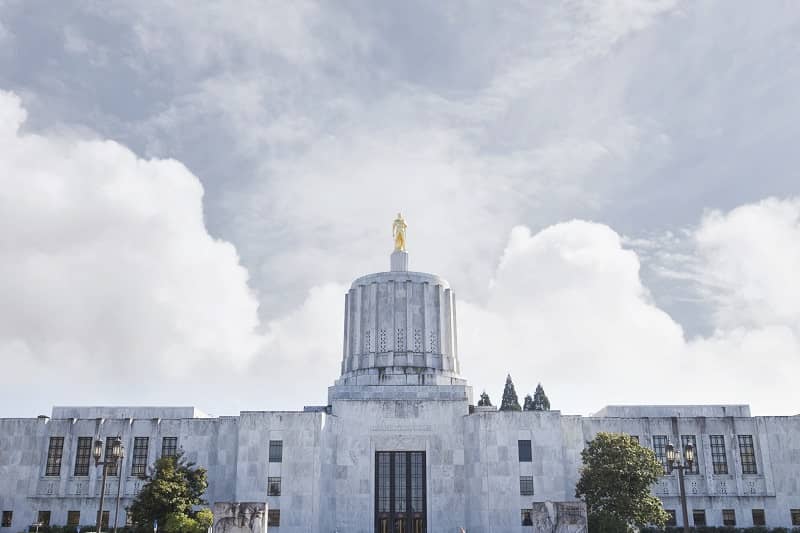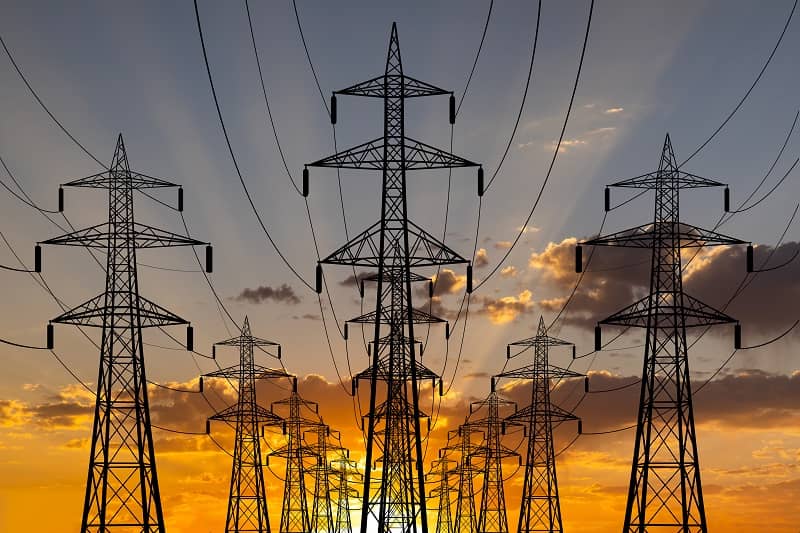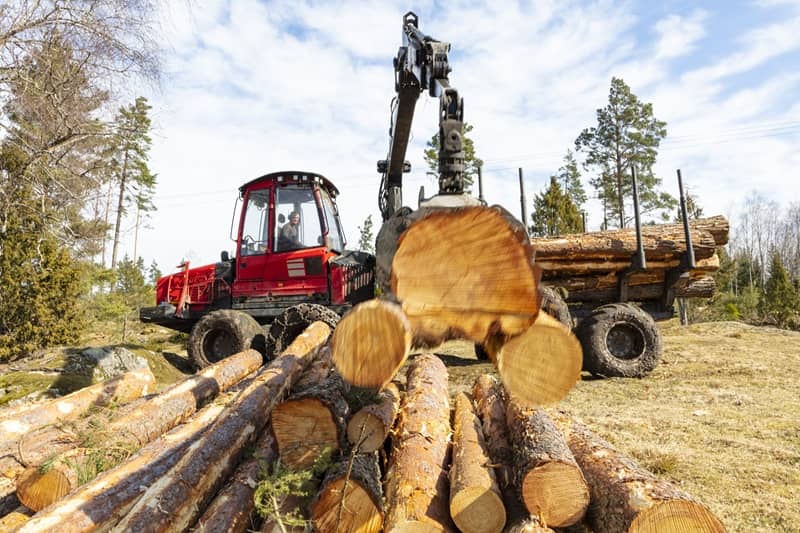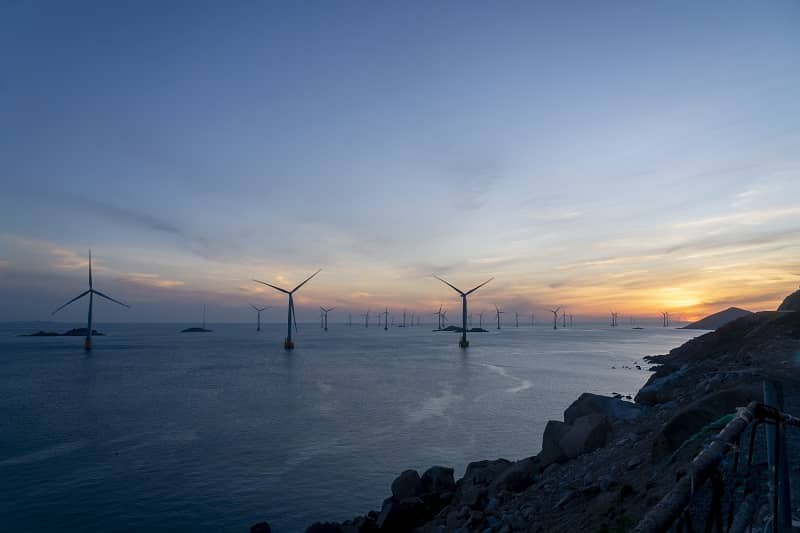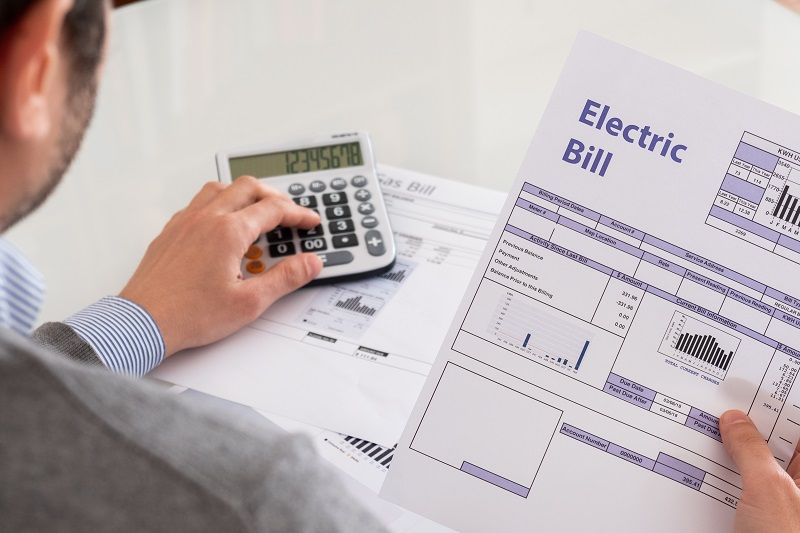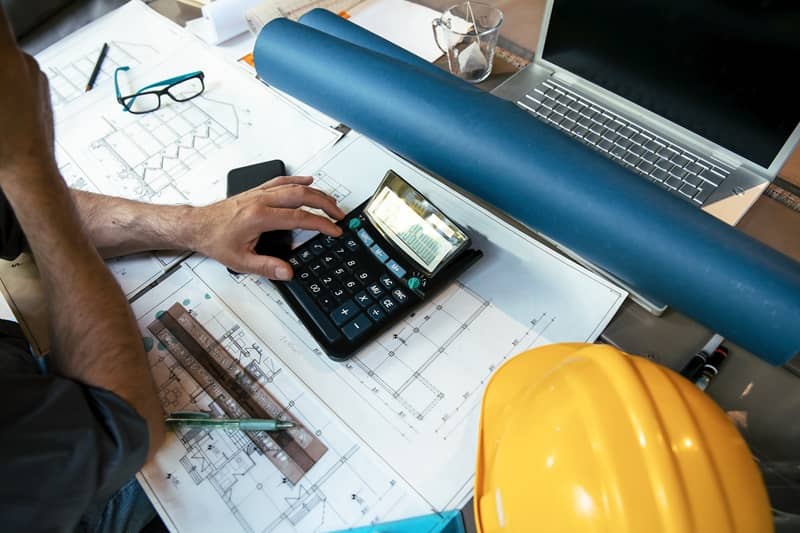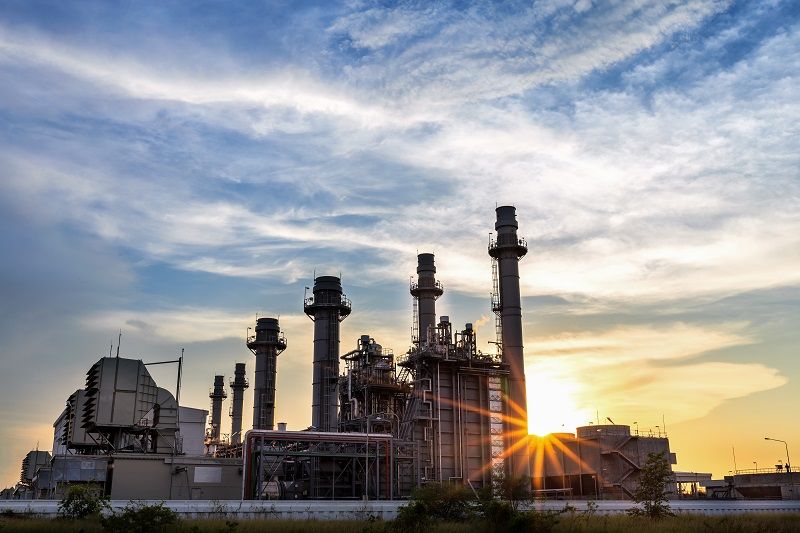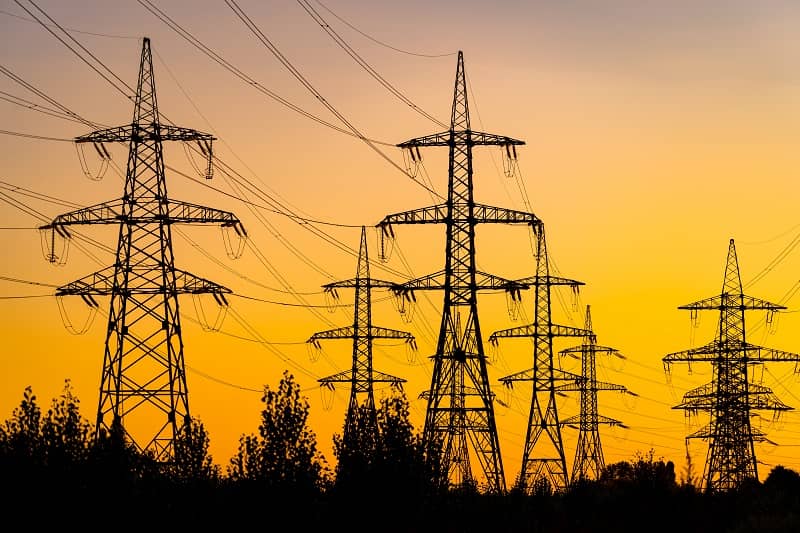If some Portlanders are confused about why we have a 19th century trolley operating in a 21st century city, they are not alone. City leaders are confused as well.
According to the Streetcar Concept Plan adopted by the Portland City Council in 2009, there are three primary policy goals related to streetcar expansion: (1) help the city achieve its peak oil and sustainability strategies; (2) provide an organizing structure and catalyst for the city’s future growth along streetcar corridors; and (3) integrate streetcar corridors into the city’s existing neighborhoods.
Oddly, providing transit service is not an explicit priority, even though that’s the primary reason people ride. Instead we have a mishmash of peak oil mania―now a quaint artifact due to the shale oil and gas booms, coupled with advanced technology―and vague references to real estate development. Given that this plan was estimated to cost $750 million and the city is broke, perhaps we should rethink the objectives.
First, the fundamental purpose of any transit program is to move people. On this criterion, the trolley is a weak performer. It’s slow, it doesn’t go many places, and each car only has 30 seats. It has high costs and low capacity, when what we need is the exact opposite.
If a secondary purpose of the streetcar is to encourage development, there are much better ways to do so. Subsidizing the streetcar means that most property owners will never benefit, because the system is tiny―seven route-miles after two decades of planning. If the city were simply to streamline the permitting process and lower System Development Charges, we would incentivize far more development in all sectors of the city compared to laying another mile of track.
Advocates claim that streetcar lines are “permanent” and provide stability for nearby development, but thousands of miles of streetcar tracks in the United States were paved over when they became obsolete 80 years ago. More recently, the streetcar tracks in South Waterfront along Moody Avenue have been torn up three separate times since 2011 to accommodate light rail. Nothing is really permanent; and when change is needed, it’s a lot easier moving a bus line than it is ripping up streetcar tracks.
A Better Way
We should insist that the streetcar be treated as a transit expenditure and evaluated on those terms. If we do this, it’s clear that rubber-tired vehicles traveling on the existing road network make much more sense.
Of the bus options I’ve examined, the best one is the Metro Rapid in Los Angeles. This system relies on distinctive, low-floor CNG buses with red stripes providing fast, reliable transit service. It operates in general purpose traffic lanes and achieves relatively high speeds by having stops spaced 0.75 miles apart, on average.
Also, the Metro Rapid buses have the technical capacity to shorten a red light or extend a green light at intersections to improve travel time.
A summary of the key characteristics of this system compared with the Portland Streetcar is shown below:
|
LA Metro Rapid Bus |
Portland Streetcar |
|
|
Year opened |
2000 |
2001 |
|
Annual boardings |
72 million |
4.1 million |
|
System length |
400 miles |
7 miles |
|
Capital cost/mile |
$0.35 million |
$29 million |
|
Peak frequency of service |
Every 3-10 minutes |
Every 14-19 minutes |
|
Average speed |
14-30 MPH |
7-12 MPH |
The Portland Streetcar is 83 times more expensive to build than the Rapid Bus alternative. Is it 83 times better? No. In fact, it is not superior by a single metric. The Rapid Bus is cheaper, twice as fast, and has much greater coverage throughout the city. It’s an actual transit system, not a Disneyland ride.
We should stop further expansion of the streetcar and shift public resources to low-cost, higher-speed bus transit.
John A. Charles, Jr. is President and CEO of Cascade Policy Institute, Oregon’s free market public policy research organization.
